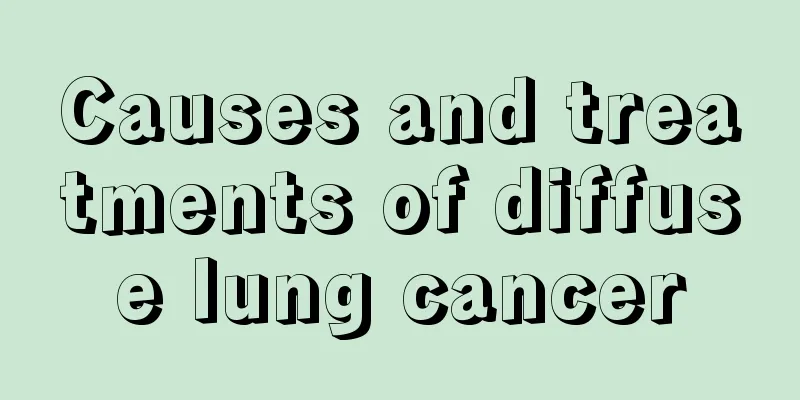What are the symptoms and clinical manifestations of gonococcal urethritis

|
Generally speaking, when gonococcal urethritis occurs, the reproductive organs will have symptoms and manifestations of urethritis. Common symptoms include urethral discomfort, scanty urethral secretions, vulvar itching, etc. For such discomfort, patients should seek medical attention promptly and do not delay treatment. Clinical symptoms: 1. The incubation period of non-gonococcal urethritis is 10-20 days. 2. The onset is not as acute as gonorrhea, and the symptoms are delayed, sometimes mild and sometimes severe, but milder than gonorrhea. About 50% of patients have symptoms such as urinary pain and urethral itching, and it is easy to be missed at the initial diagnosis. Male non-gonococcal urethritis is manifested by urethral discomfort, itching, burning or stinging, urethral redness and swelling, and urethral secretions are mostly serous and thin, with a "sticky" phenomenon in the morning. Female non-gonococcal urethritis is manifested by inflammation and erosion of the cervix, increased secretions, many lobed white blood cells in cervical secretions (more than 10 per field of view under high power), vaginal and vulvar itching, and lower abdominal discomfort. Note: Some patients may be asymptomatic or have atypical symptoms and are easily missed. There are many lobed white blood cells in cervical secretions (more than 10 per field of view under high power). 3. The urethral secretions are small, thin, mucous or mucopurulent. A small amount of thin secretions may overflow from the external urethral opening if urination is not induced for a long time (such as in the morning). Sometimes it only manifests as a scab sealing the urethral opening or contaminating the underwear in the morning. During the examination, it is necessary to press and squeeze the anterior urethra from back to front to cause a small amount of secretions to overflow from the urethral opening. Sometimes the patient has symptoms but no secretions, or may have secretions but no symptoms. 4. It is often infected at the same time as gonorrhea. The former shows gonorrhea symptoms first. After anti-gonococcal treatment, gonococci are killed by penicillin, while chlamydia and mycoplasma still exist. The disease occurs 1-3 weeks after infection, which can easily be mistaken for uncured or relapsed gonorrhea clinically. 5. Improper handling or untimely treatment may cause complications (1%), such as acute epididymitis, prostatitis, colitis, pharyngitis, female cervicitis, cervical erosion, Bartholinitis, vaginitis, salpingitis, pelvic inflammatory disease, ectopic pregnancy, infertility, etc. |
<<: Is hepatic ascites serious? What are the dangers?
>>: Why do I feel sore shoulders when I wake up from sleep? Beware of frozen shoulder
Recommend
How long can you live after radiotherapy for brain cancer? What dietary precautions should brain cancer patients pay attention to?
Brain cancer seriously affects our lives. With th...
There is blood in the shit
Blood in the stool is a very common symptom. This...
Dietary remedies for hair loss caused by chemotherapy in patients with esophageal cancer
In order to achieve satisfactory results in the t...
Can pathological vomiting heal itself?
From infancy to adulthood, people go through many...
The difference between combination dry skin and combination oily skin
There is a big difference between combination ski...
How to remove the fishy smell on your hands
Many people don’t know that adding salt and soap ...
What to do if blisters appear on your feet when wearing leather shoes
Leather shoes are made of leather material, so ma...
How can we promote blood circulation
The problem of blood circulation is a big problem...
Causes of ovarian tumors, doctors point out 4 causes of ovarian tumors and 3 preventive measures
There are many reasons for the occurrence of ovar...
What are the surgical treatments for lung cancer?
Surgical treatment is the first choice and the mo...
What are the symptoms of prostate cancer
The number of elderly people suffering from prost...
The root cause of teratoma
Speaking of teratoma, I believe you will definite...
Eat crayfish and drink red wine
In summer, people especially like to eat crayfish...
Symptoms of esophageal cyst
Esophageal cyst is a relatively common disease. I...
What is the left side sleeping position like
In this life, everyone has their own different sl...









